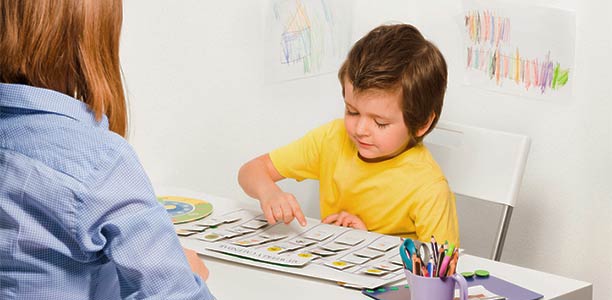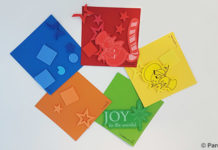Age
- 5-7 years old
Duration of activity
- 10 minutes. Keep children engaged and interested with short activity times. Let the child have free time after they successfully complete a worksheet.
Materials/equipment
- Downloadable Read and Match Animal Set Worksheet
- Downloadable Read and Match Household Items Worksheet
- Writing material – e.g. pencil, crayon
Cost
- These downloadable worksheets are free.
Instructions
- Explain to your child the purpose of the activity. The worksheets are designed to help the child read and recognise simple words, with the pictures giving them a clue as to meaning.
- Point to the first sentence on the worksheet and ask your child to read it to the best of their ability. Let them try by themselves. If they continually struggle, assist them with sounding out the words.
- Hand the child the crayon and ask them to draw a line to the picture that matches the spoken sentence.
Australian curriculum outcomes
This activity can be used to demonstrate the following Australian English Curriculum Outcomes
Language
Foundation year:
- Understand that texts take varying forms, for example may be short or long.
- Understand concepts related to and be aware of features of printed text, for example that text is read from left to right.
- Recognise words and letters are what make up the text, and that these components of text have meanings.
- Recognise lower and upper case letters and use their knowledge of letters to work out the pronunciation of words.
Grade 1:
- Understand that the structure of text is related to its purpose
- Understand concepts related to text, including how texts are organised, for example in tables.
- Investigate the different types of words, for example nouns that name things and adjectives that describe the qualities of things.
Grade 2:
- Use knowledge of letter patterns and sounds to read, and understand that groups of letters make different sounds.
Literacy
Foundation year:
- Read texts, applying knowledge of concepts like phonics (how letters sound) and semantics (the meaning from the sounds letters and words make).
- Use comprehension strategies (specifically selecting a picture with the same meaning) to enhance their understanding of texts.
Grade 1:
- Describe how informative text like the text in the worksheets differs from other types of texts (e.g. imaginative texts they read in stories).
- Use comprehension strategies, for example their understanding of the features of language (e.g. that an adjective like big comes before a noun like hat), to help them read.
Grade 2:
- Advertisement -
- Read fluently, by combining knowledge of the text’s context (that the text on the left relates to one of the pictures on the right) and phonics (the sounds of letters).
Downloadable worksheets
 |
Download Read and Match Animal Set Worksheet |
 |
Download Read and Match Household Items Worksheet |
References
- Australian Curriculum Assessment and Reporting Authority. Australian Curriculum- English. Version 8. Undated. Available from: (URL Link)
- Advertisement -
Date Created: March 8, 2017
Date Modified: July 3, 2018 










